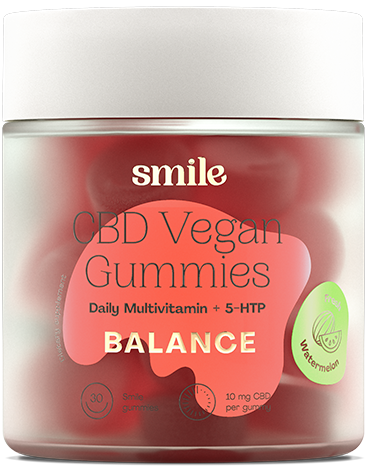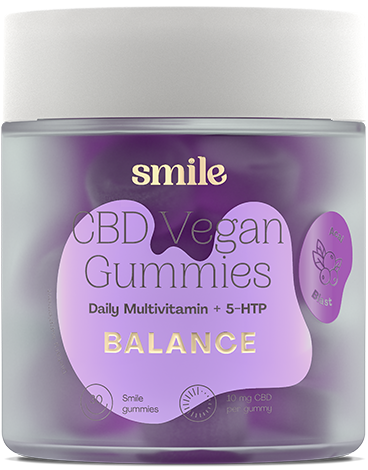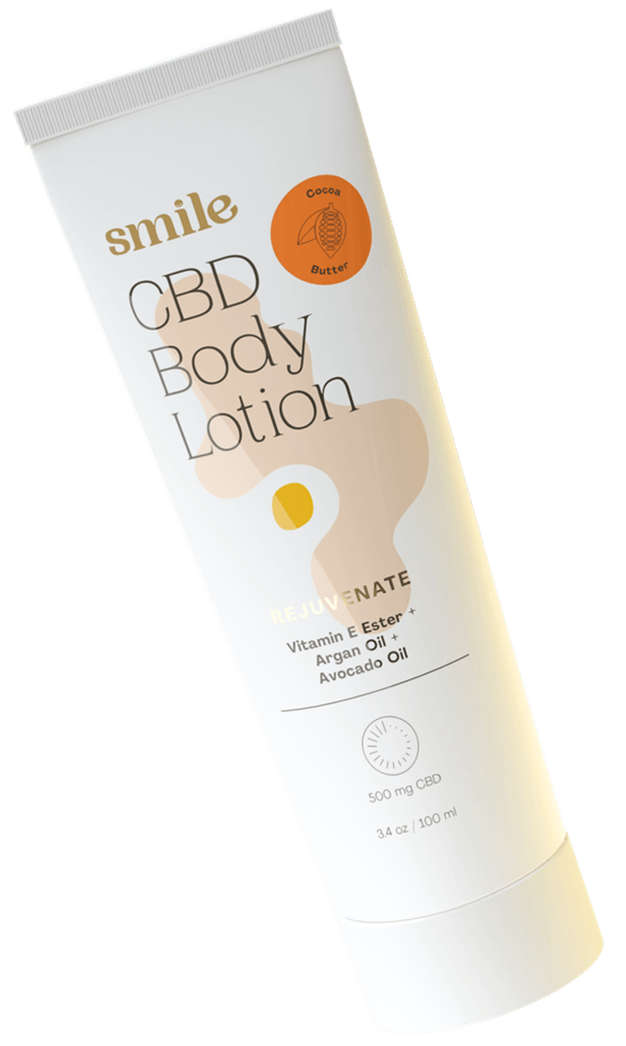Leading an active and healthy lifestyle is super important. Going to the gym and building some muscle is a great way to look and feel good all around. However, it doesn’t come without possible side effects.
When you pump a little too much iron or you just pull a muscle the wrong way, you might have noticed a pulsating, throbbing sensation in your lower or upper back. That’s a muscle spasm, and it’s not usually something to worry about.
With that said, they can be frustrating to deal with. But are there some ways to alleviate the uncomfortable sensation?
What Causes Muscle Spasms?
A muscle spasm is an involuntary contraction of the muscle. They’re extremely common, if unpredictable. While most muscle spasms don’t normally hurt at all, they can be a bit painful at times.
Spastic muscles may feel harder than normal to touch and they may twitch, or throb. A spasm usually only lasts for a few seconds, but it’s possible for them to last for 15 minutes of longer.
All muscle spasms are idiopathic, meaning that the exact reason they occur isn’t known. However, there are a number of external factors that are typically to blame in most cases.
Muscles spasms are typically the result of injury to the muscle, ligaments, or tendons. One of the most common causes is heavy lifting or improper lifting technique. Considering your back is one of the major body parts involved in lifting heavy objects, it can be placed under a lot of strain when weights or large boxes are carried.
Abnormal back movements can also lead to muscle spasms in that area. Sports like golf, football, or baseball often require that the back turn suddenly and repeatedly, which can lead to cramps.
Weak abdominal muscles might also play a role in the frequency of muscle spasms in your back specifically. Your abdominal muscles helps support your back, so weak and stiff muscles can be injured more easily than those that are stronger.
You might also experience back spasms if you have conditions like arthritis or ruptured discs. Lower back arthritis can put excess pressure on the spinal cord, which might cause certain ligaments to spasm. Similarly, bulging discs may put pressure on nerves in the vertebrae.
It’s also been noted that dehydration can put you at risk for more frequent spasms, so drinking water is definitely a necessity.
How to Alleviate Back Spasms
Most muscle spasms are just generally uncomfortable acute issues, meaning they’re not necessarily painful and often go away on their own sooner than later. However, persistent spasms can be frustrating. There are a few things you can do to try to fix them.
Note that if your muscle spasms are continually painful and persistent, even after a few days, you should consult a doctor as soon as you can. They might be the result of an underlying injury, like a bone fracture or arthritis, so you’ll want to make sure you get the care you need.
Ice and Heat
You’ve probably been told to ice a wound or apply heat to a tender muscle. That’s because these are genuinely beneficial tactics towards wound healing, and they might be just what you need to bring some relief to your pulsing back.
Immediately after the onset of your muscle spasms, ice is your best friend. You can use a cold gel pad or just fix some frozen vegetables wrapped in a cloth to the affected area. Apply for up to twenty minutes several times a day.
Ice is great because it slows inflammation and swelling, numbing tissue and slowing nerve impulses in the affected area. However, don’t ice for too long as this can cause the muscles to tighten and become more inflamed.
After the first 72 hours of ice treatment, you can switch to heat therapy. Heating pads or hot compresses are great applications to the affected area. Moist heat is generally preferred to reduce the risk of dehydration, so you can even take a hot bath or wallow in a jacuzzi for a bit (don’t purposefully try to get a muscle spasm just to sit in a hot tub, though).
In contrast to ice, heat therapies loosen muscle tightness and increase blood flow, which will help you muscle spasm frequency reduce and limber up the area to prevent further injury later on.
Topical Creams
Especially if your muscle spasms are painful, you may want to use a topical pain cream to target the affected area for fast relief.
The best types of cream for muscle spasms are those with anti-inflammatory properties to reduce the swelling and associated pain. Smile’s CBD Pain Cream actually has anti-inflammatory benefits thanks to its blend of soothing ingredients, and can help reduce tension after a session of intense exercise.
Our blend is also known for antioxidant properties as well, so your dry skin and signs of eczema can be alleviated all at the same exact time.
Creams are also a bit less uncomfortable than ice and heat therapy, so this might be a good option in place of, or in addition to, those techniques.
Massage
There’s nothing better than a nice, deep tissue massage after a stressful day. And this might be exactly what you need after you feel some minor muscle spasms too. If you’ve got a partner or a really good friend, have them massage the area gently to try to loosen up those tight, spastic tendons.
But if you’re by yourself, that’s cool too! You can try to self-massage with your hands or with a massage tool, especially since areas of your own back can be hard to reach.
Stretch
Stretching before a workout is essential for preventing injury, but you can still stretch after one to try to reverse some of the damage done! Do some gentle back exercises to try to soothe the tension in your back caused by excessive lifting or improper movement.
Yoga is a great way to accomplish healthy stretches safely, as these movements are soft and contained. Not to mention, yoga will ease you into a chiller headspace too, so you can feel holistic benefits throughout your entire body (especially when paired with a CBD oil blend to help you unwind!).
Preventing Muscle Spasms
If you can prevent a muscle spasm from occurring you’ll never even need to worry about treating them again! While spasms can come from seemingly nowhere, there are a few things you can try to keep pulsating ligaments at bay.
One thing you can do is perform flexibility exercises regularly. This will let you keep your muscles loose and limber, which can prevent spasms and cramps from occurring in the first place. On top of that, be sure to stretch before exercise to prevent muscle stiffness and injury. This is especially important when lifting.
And speaking of, you’ve probably heard someone tell you to lift with your legs. This is because your back is more fragile than you might think, and your legs are able to support more weight than your spine. When lifting a heavy object, be sure to spread your feet out to the width of your waist, bend your knees to reach the object, and keep your back straight.
It’s important to stay hydrated even if you aren’t engaging in physical activity. Drink plenty of water to make sure your muscles are receiving enough oxygen and fluid to return to their normal state of pliability and function.
On top of all this, try to maintain a healthy posture. Poor posture can make you more susceptible to spasms, especially in your back. Try walking around every now and then after long periods of sitting and ensure that your office desk chair is properly cushioned to foster perfect posture.
Muscle spasms can occur right when you wake up, so try to stretch your muscles before you go to bed as well. Try to use loose blankets so that you can have free movement during the night and your tendons don’t become restricted.
In Conclusion
Muscle spasms are an invisible menace, popping up for seemingly no reason at all. While things like heavy lifting, abnormal movements, dehydration, or arthritis can make muscle spasms in the back more frequent or painful, they are extremely common and usually not serious.
Treating a muscle spasm can be done in a few ways, but the most effective options may be ice, heat, and anti-inflammatory creams. In addition, it’s important to stretch and massage affected areas to loosen tension and eradicate stiffness.
You can try to prevent muscle spasms by using proper lifting techniques, staying hydrated, maintaining good posture, and stretching before exercising.
However, spastic muscles are an inevitable part of life. The good news is that they’re only temporary and are often not painful in the slightest. So don’t stress!
Muscle spasms can come and go, but Smile’s CBD gummies and CBD oils will always be there to soothe you when you’re down. With anti-inflammatory properties and soothing ingredients like aloe vera, your sore muscles will be a thing of the past.
Sources:
https://my.clevelandclinic.org/health/diseases/15466-muscle-spasms
https://nw-mc.com/muscle-spasms/
https://myhealth.alberta.ca/Health/pages/conditions.aspx?hwid=hw206944



